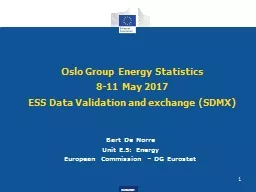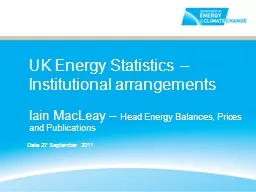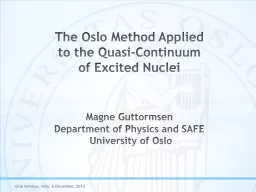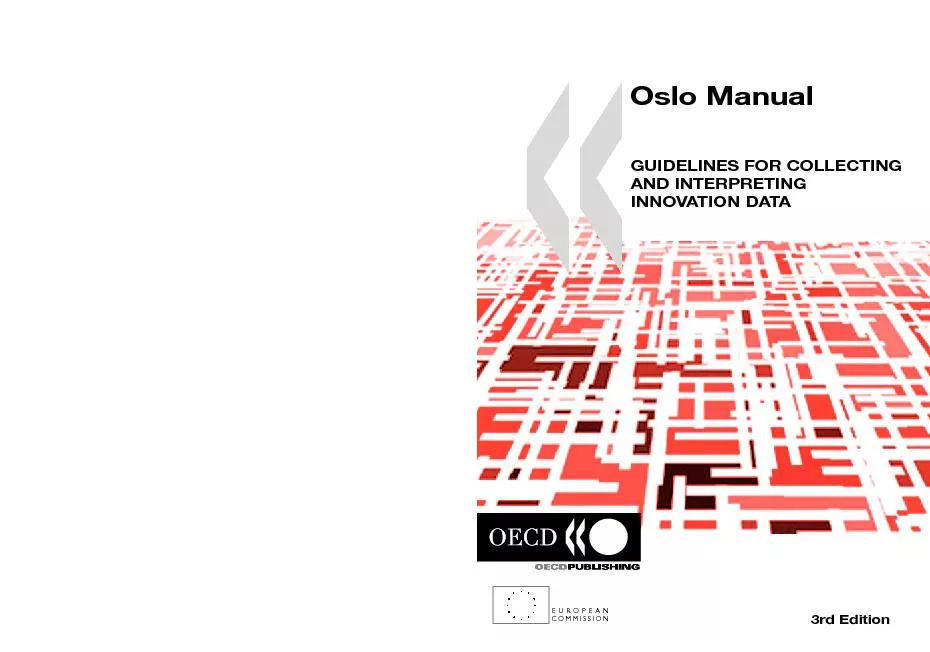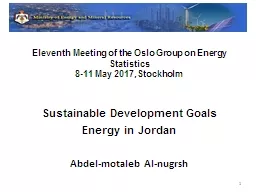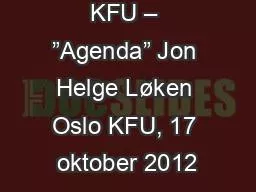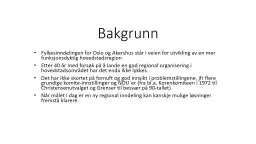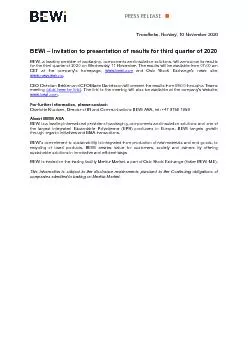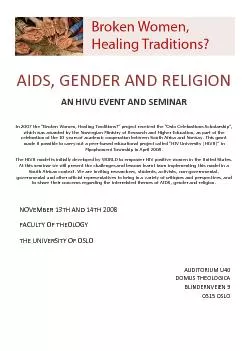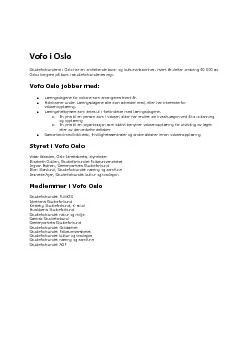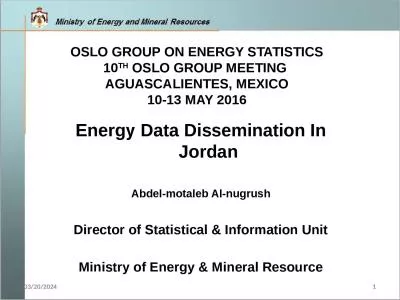PPT-Oslo Group Energy Statistics
Author : tawny-fly | Published Date : 2019-12-23
Oslo Group Energy Statistics 811 May 2017 ESS Data Validation and exchange SDMX Bart De Norre Unit E 5 Energy European Commission DG Eurostat 1 Overview Context
Presentation Embed Code
Download Presentation
Download Presentation The PPT/PDF document "Oslo Group Energy Statistics" is the property of its rightful owner. Permission is granted to download and print the materials on this website for personal, non-commercial use only, and to display it on your personal computer provided you do not modify the materials and that you retain all copyright notices contained in the materials. By downloading content from our website, you accept the terms of this agreement.
Oslo Group Energy Statistics: Transcript
Download Rules Of Document
"Oslo Group Energy Statistics"The content belongs to its owner. You may download and print it for personal use, without modification, and keep all copyright notices. By downloading, you agree to these terms.
Related Documents

